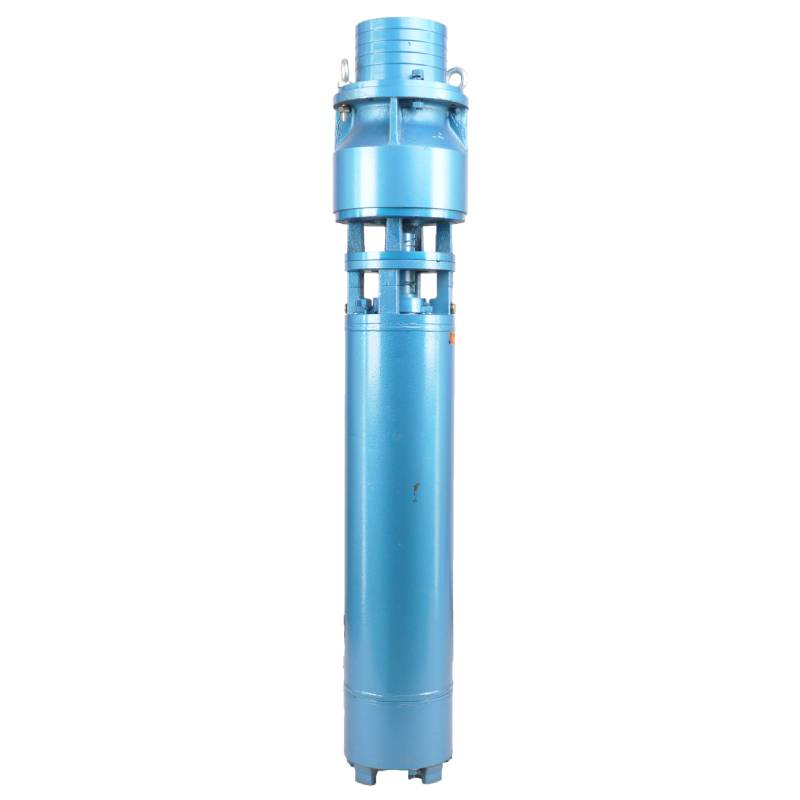Dec . 12, 2024 06:09 Back to list
submersible pump not lifting water
Troubleshooting a Submersible Pump That Is Not Lifting Water
Submersible pumps are essential components in various applications, from dewatering construction sites to providing water for irrigation systems. However, there may come a time when your submersible pump fails to lift water, leading to frustration and potentially costly delays. Understanding the common causes of this issue and the steps to troubleshoot it can help restore functionality and ensure optimal performance.
Common Causes of Pump Failure
1. Power Issues Before delving into mechanical failures, it’s crucial to check the power supply. Ensure that the circuit breaker hasn’t tripped and that the power cord is correctly connected. If the pump is hardwired, inspect the connections for any signs of wear or damage. A blown fuse, faulty outlet, or inadequate power supply can also prevent the pump from operating.
2. Clogged Intake One of the simplest yet often overlooked causes of a submersible pump not lifting water is a clogged intake screen. Debris, mud, or sediment can accumulate, obstructing the flow of water. Regular inspection and cleaning of the intake screen can prevent this issue. If you suspect a clog, remove the pump, and clean the screen with water and a brush.
3. Impeller Damage The impeller is a critical component responsible for moving water. If the impeller is damaged, corroded, or worn out, it may struggle to generate sufficient pressure to lift water effectively. Checking for physical damage or excessive wear is essential. In some cases, replacing the impeller may be necessary.
4. Air Lock An air lock occurs when air gets trapped in the pump, preventing it from functioning properly. This issue is more common in shallow wells or when the pump is not fully submerged. To remedy an air lock, try tilting the pump or ensure it is submerged in water. Giving the pump a few taps can also help release trapped air.
submersible pump not lifting water

5. Incorrect Placement Submersible pumps need to be placed at an appropriate depth to function efficiently. If the pump is positioned too high, it may not be able to reach the necessary water level. Ensure that the pump is adequately submerged and positioned in a location free from debris that could block intake.
6. Suction Lift Exceeding Capability Every submersible pump has a specified maximum suction lift. If the water level falls below this threshold, the pump may not be able to lift water. Measure the depth of the water source and compare it with the pump's specifications. If the depth exceeds the pump's capability, consider using a different model designed for deeper wells.
7. Electrical Problems Internal electrical issues, such as motor failure or a burned-out motor winding, can hinder the pump’s operation. Using a multimeter, check for continuity in the electrical components. If any parts are faulty, they will need to be replaced by a qualified technician.
8. Worn Seals and Bearings Over time, the seals and bearings in a submersible pump can wear out due to constant use. Worn seals may lead to leaks, while faulty bearings can cause the pump to seize. Regular maintenance and inspection can help identify these issues early. If the seals and bearings are damaged, they will require replacement to restore proper function.
Conclusion
A submersible pump that is not lifting water can be a major inconvenience, but diagnosing the issue doesn’t have to be overwhelming. By systematically checking power supplies, examining for clogs, assessing the condition of the impeller, and ensuring proper placement, most issues can be resolved without professional intervention. However, if the problem persists or involves electrical components, it is advisable to consult a professional to avoid further damage. Regular maintenance and inspections are vital to ensuring your submersible pump remains in excellent working condition, preventing future disruptions in service.
-
Submersible Water Pump: The Efficient 'Power Pioneer' of the Underwater World
NewsJul.01,2025
-
Submersible Pond Pump: The Hidden Guardian of Water Landscape Ecology
NewsJul.01,2025
-
Stainless Well Pump: A Reliable and Durable Pumping Main Force
NewsJul.01,2025
-
Stainless Steel Submersible Pump: An Efficient and Versatile Tool for Underwater Operations
NewsJul.01,2025
-
Deep Well Submersible Pump: An Efficient 'Sucker' of Groundwater Sources
NewsJul.01,2025
-
Deep Water Well Pump: An Efficient 'Sucker' of Groundwater Sources
NewsJul.01,2025
-
 Submersible Water Pump: The Efficient 'Power Pioneer' of the Underwater WorldIn the field of hydraulic equipment, the Submersible Water Pump has become the core equipment for underwater operations and water resource transportation due to its unique design and excellent performance.Detail
Submersible Water Pump: The Efficient 'Power Pioneer' of the Underwater WorldIn the field of hydraulic equipment, the Submersible Water Pump has become the core equipment for underwater operations and water resource transportation due to its unique design and excellent performance.Detail -
 Submersible Pond Pump: The Hidden Guardian of Water Landscape EcologyIn courtyard landscapes, ecological ponds, and even small-scale water conservancy projects, there is a silent yet indispensable equipment - the Submersible Pond Pump.Detail
Submersible Pond Pump: The Hidden Guardian of Water Landscape EcologyIn courtyard landscapes, ecological ponds, and even small-scale water conservancy projects, there is a silent yet indispensable equipment - the Submersible Pond Pump.Detail -
 Stainless Well Pump: A Reliable and Durable Pumping Main ForceIn the field of water resource transportation, Stainless Well Pump has become the core equipment for various pumping scenarios with its excellent performance and reliable quality.Detail
Stainless Well Pump: A Reliable and Durable Pumping Main ForceIn the field of water resource transportation, Stainless Well Pump has become the core equipment for various pumping scenarios with its excellent performance and reliable quality.Detail
